By, Emily Ellison
During Code Academy, there was little that changed more frequently than my opinion of Twitter Bootstrap.
When I first got started doing Hartl's Tutorial, I thought Twitter Bootstrap was amazing. This gem had taken the very ordinary HTML pages I had been doing (featuring Times New Roman font and left-aligned text), and made my web pages beautiful, approachable, and responsive.
Once I started reading about CSS, I shunned Twitter Bootstrap. This tool seemed impossible to break in to pieces or customize. And it seemed like the only developers using this tool had no design interest. I was going to learn CSS from scratch, and roll my own design.
I began playing with fonts, colors, and border radii at first. And at full size on my browser, my site looked awesome, but as soon as I resized my browser or opened up my site on my iPhone, it turned sloppy with fonts changing and floating elements running wild. At this point, I became painfully aware of the impact...
By, Emily Ellison
Because I love data, I've come to love forms too. One of my concerns when building a website is how to get people to fill out my forms, so that they will graciously give me their data.
From 2009 to 2011, the prevalence of smart phones more than doubled, expanding from 18% to 44% (Nielsen - The Mobile Media Report). Because of this explosion, many companies have been scrambling to transform their website to be mobile-ready. And for the forms in your website, there is an even more basic step than resizing that you can take to prepare your website for the mobile world.
Look at your fingers. Unless you are under the age of two, your fingers are poorly designed for checkboxes. Checkboxes are frustrating to check on your phone! You have to zoom in and be precise in your tapping. And when you're just trying to get a visitor to hit the very last "I accept these terms and conditions" box to complete their form, the last thing you want is to have them...
By, Emily Ellison
So I've been trying to get familiar with both Ruby and Ruby on Rails before class at Code Academy starts, and I wanted to share some of the resources I've been using in case anyone else finds them helpful.
The installation of all the equipment necessary for Rails applications was a beastly task. Chapter 1 of Michael Hartl's Ruby on Rails Tutorial was where I started the installation process, by installing Git and Ruby Version Manager (RVM). Then, I tried to install Ruby 1.9.3 through RVM, but failed. Googled the error and found out that if you have Xcode on your machine1 prior to installing Ruby 1.9.3 with RVM, your computer may have a small seizure.
That's when I found the lovely website: Installing Ruby 1.9 and Rails 3 on Mac OS X. It's written in plain English and walks you through the entire installation process of GCC, Command Line Tools for Xcode (if you need it), Git, RVM, Ruby 1.9.3, SQLite3, and Rails.
If I were to do it over...


